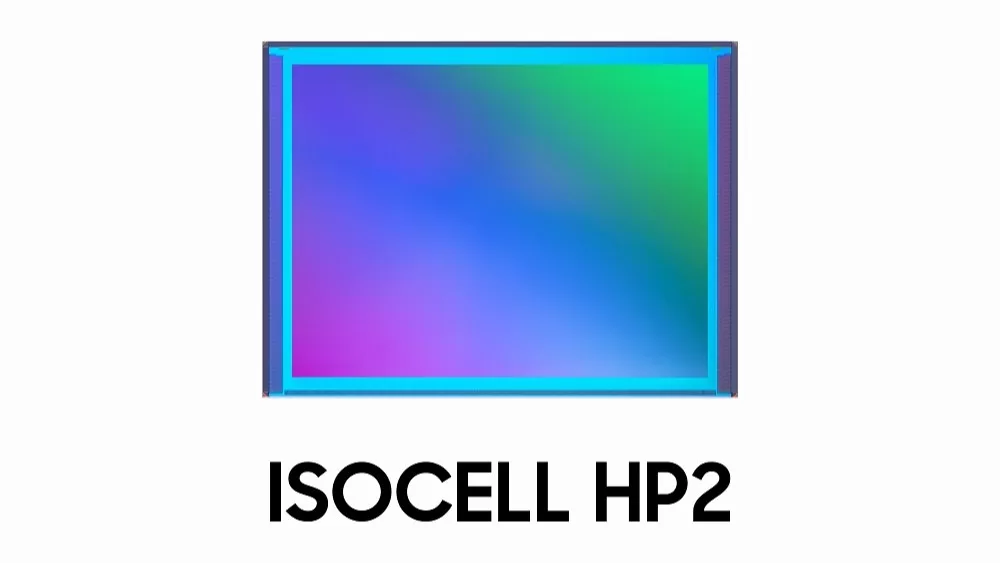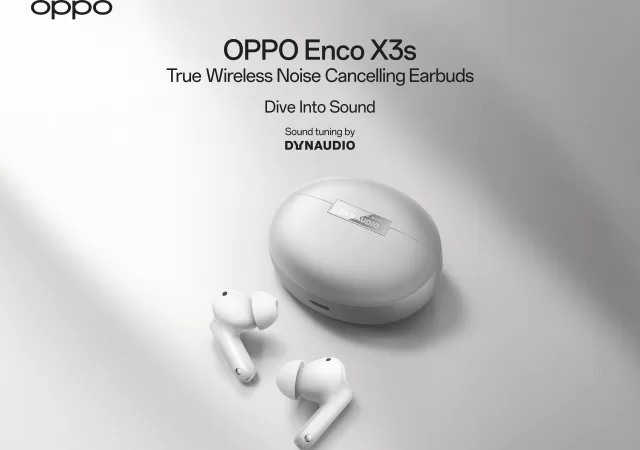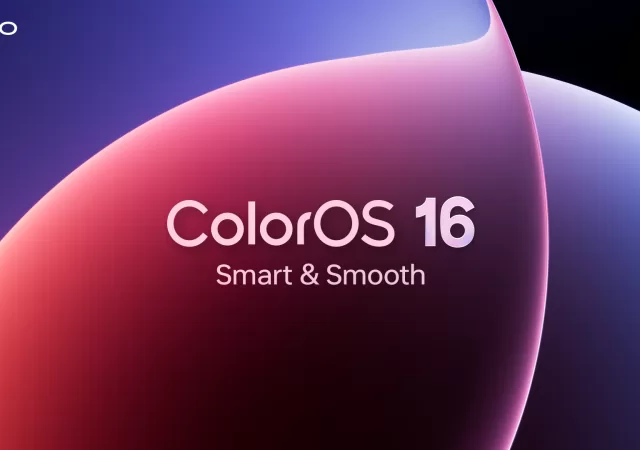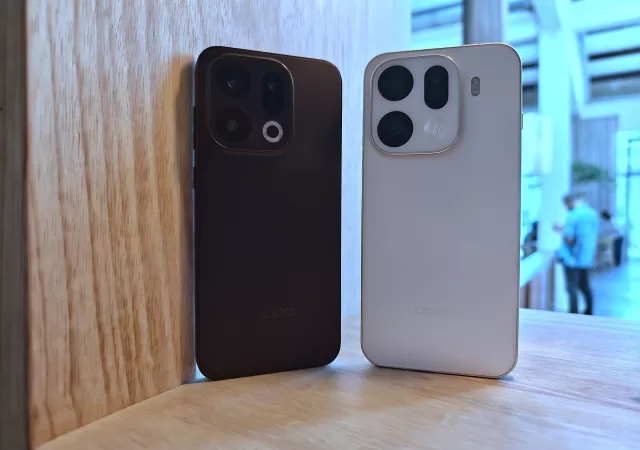Samsung’s Galaxy Unpacked 2023 is happening in less than 2 weeks. They are set to launch their latest flagship, the Samsung Galaxy S23 series of smartphones in that event. With the new device, they are also expected to unveil a few new features on the device itself as well. One of them is a new camera sensor module.
Samsung has been leading the charge in the smartphone camera Megapixel war. They introduced their 108-Megapixel sensor a few years ago and Sony has not come up with an answer for that kind of resolution just yet. Sony does have their larger format 1-inch sensors shoehorned into their smartphones though, effectively making them proper compact point-and-shoot camera with smartphone built-in.
While the 108-Megapixel camera still sits on top of its throne, it is getting a little outdated. There are new technologies to be explored, there are cleverer ways to cram more pixels in a sensor; there is always a new horizon to be explored. In that spirit, Samsung introduced the ISOCELL CP2 sensor.
Welcome to the world of super high-resolution photos coming from your smartphone. At 200-Megapixel, even medium format cameras from Hasselblad cannot compete in terms of theoretical detail. All this might come to your next flagship smartphone, the Samsung Galaxy S23 Ultra (or whatever they want to call it this time).
The 200-Megapixel is packed in a 1/1.3” sized sensor, the same size from the previous 108-Megapixel ISOCELL you can find in your Samsung Galaxy S22 Ultra today. That means you get nearly twice the pixel amount in the same amount of space. But it is not just a small sensor with added pixels.
The sensor packs Samsung’s latest advanced pixel-binning technology, Tetra2pixel. The HP2 sensor with the technology now can simulate different pixel sizes for different lighting levels. That means that the camera can basically combine the pixels into larger pixels to make 50-Megapixel or 12.5-Megapixel clusters for low-light conditions. The 50-Megapixel mode will also be used for 8K 30fps videos so that you do not have to crop too much out of the frame.
Getting a focus in low-lit environments is a challenge for most cameras. Because the Samsung camera can see better, auto focus in the environment should be less of a problem. With Super QPD, the 200-Megapixel available become part of the focusing mechanic. The technology allows for the pixels to be divided into four parts to recognise pattern changes to ensure that autofocus is more accurate and much faster than before.
In conditions where there is too much light, yes; you can have too much light, the HP2’s Dual Vertical Transfer Gate (D-VTG) technology can make the images vibrant still. The D-VTG is basically an added voltage transfer gate for the sensor to sort of increase its dynamic capabilities by up to 33%. This allows the sensor to cleverly reduce overexposures of photos while optimising colours. That all means you can take a photo on a bright day without worrying about getting washed out details and colours.
The Samsung ISOCELL HP2 should start making its way into flagships in the coming year. We are expecting the HP2 to make it first into Samsung’s Galaxy S23 series flagships. You can expect the usually suspects like Xiaomi capitalising and shoehorning the high-resolution sensor in their smartphones in year 2023 as well.






